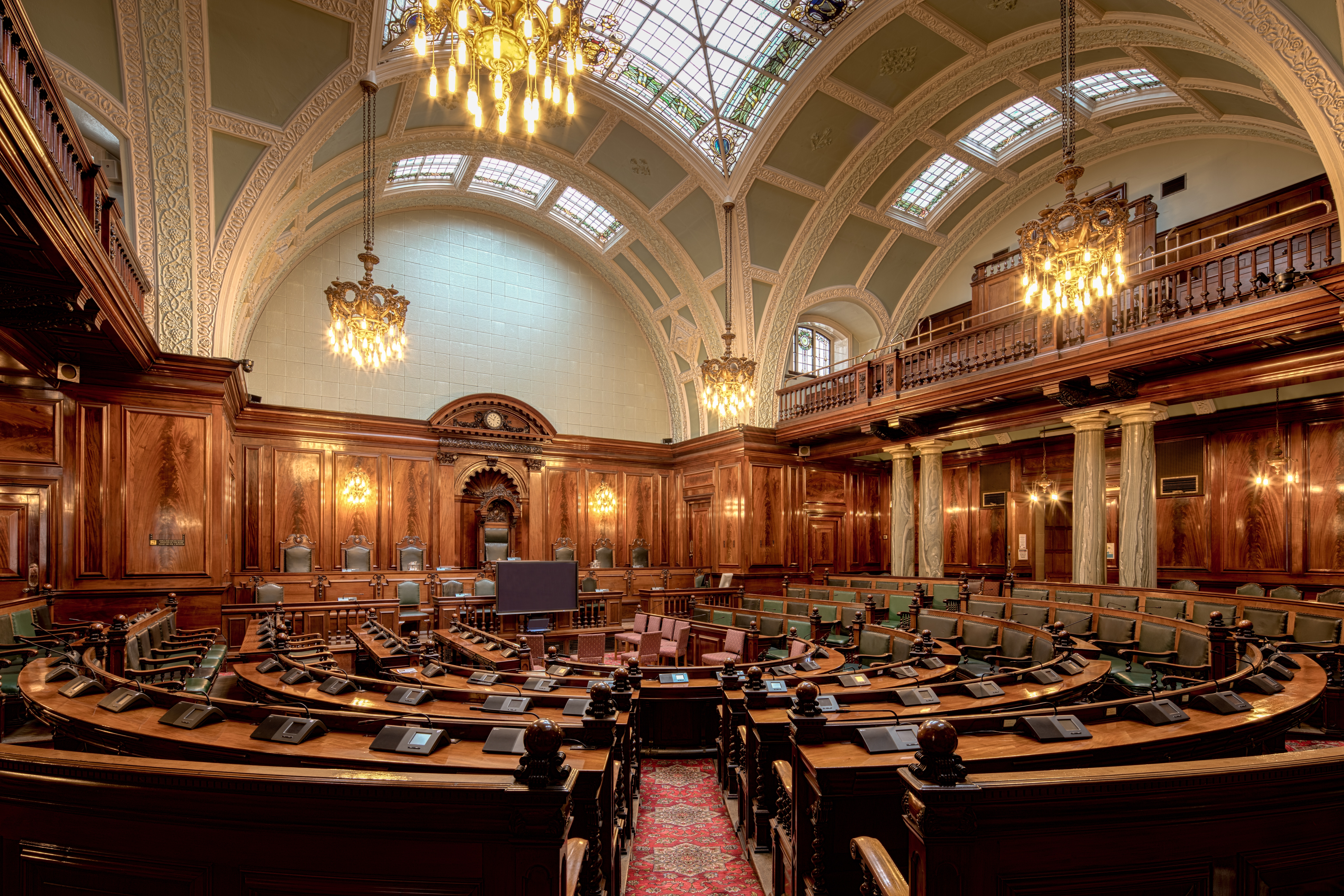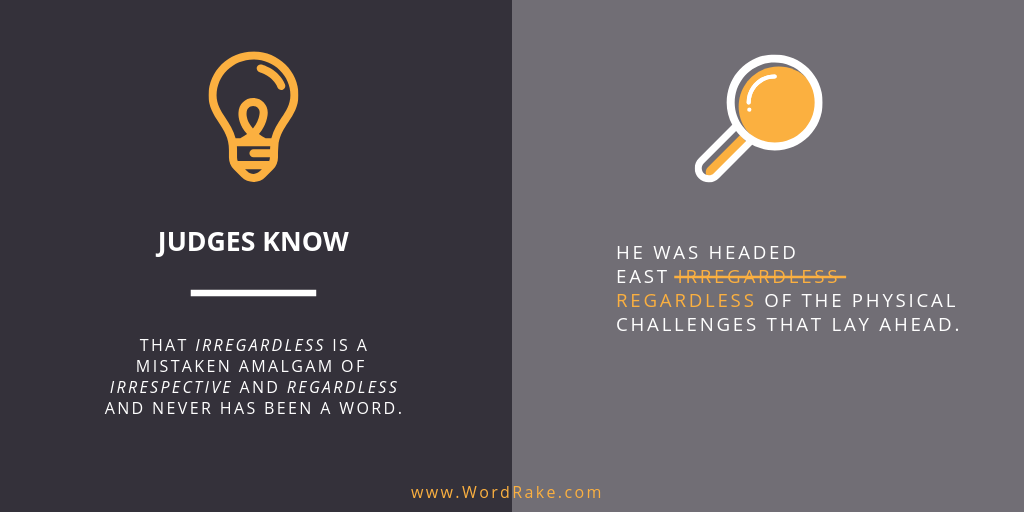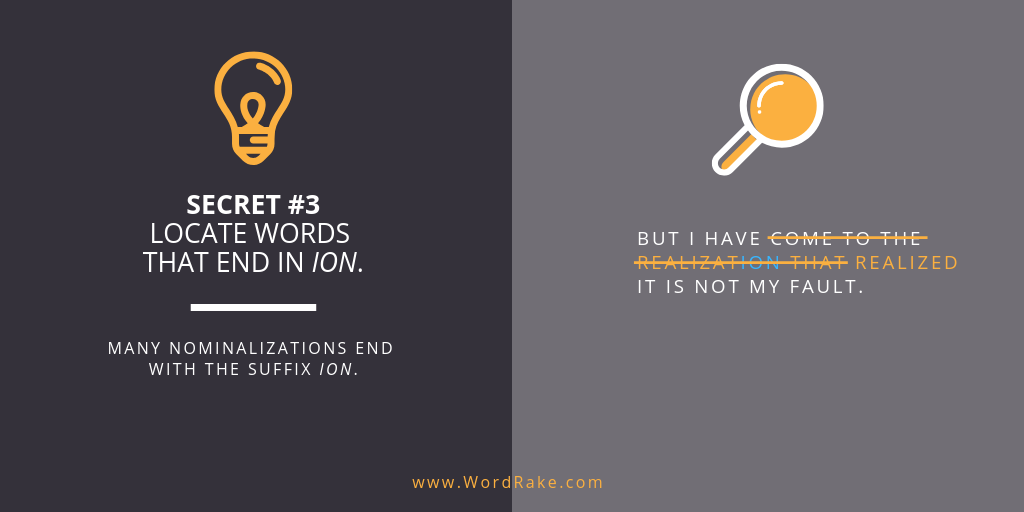Stories take a judge to the heart of our dispute. They let the judge see our client’s plight, empathize with our client, and want to decide for our client. By telling a story, we say to the judge, “Your Honor, here is what this case is really all about.”
Continue readingGary Kinder

Recent Posts
In this legal writing edition of infographics, we’re offering tips that Judges Know. With years of education and professional experience, judges are a wealth of knowledge on legal writing. Follow along as we offer examples that Judges Know that you can apply to your own writing today.
Continue readingAs a judge reads our facts, she will form an opinion. When she finishes, often she has already decided the case. She will appreciate our argument to help her frame her opinion, but what motivates her is the story we tell and how we tell it. She already knows what the law says; she doesn’t know the facts. If we properly develop and present those Facts, argument becomes almost unnecessary.
Continue readingIn this legal writing edition of infographics, we’re offering tips that Judges Know. With years of education and professional experience, judges are a wealth of knowledge on legal writing. Follow along as we offer examples that Judges Know that you can apply to your own writing today.
Continue readingThe perfect brief requires keen investigation and shrewd fact-gathering. The better facts we gather, the better story we can tell the judge, and the more persuasive our brief. No brief can exceed the quality of its facts—so invest in finding the right facts. Unfortunately, in law school we learn to present facts like a news reporter, but not to find them like an investigative journalist.
Continue readingIn this legal writing edition of infographics, we’re offering tips that Judges Know. With years of education and professional experience, judges are a wealth of knowledge on legal writing. Follow along as we offer examples that Judges Know that you can apply to your own writing today.
Continue readingBefore we write an introduction, we should think about its purpose and ask ourselves a question:
Do we even need an introduction?
Continue readingIn this 3-part series of infographics, we’re breaking down each of the 3 Secrets to Writing Bright & Lively Sentences. Follow along as we offer quick tips and examples that you easily can apply to your own writing today.
Continue readingJudges, mediators, and other decision-makers live with major distractions. We need to capture their attention in the first sentence. Too often, we use that opening sentence—and sometimes several paragraphs—to overwhelm the judge with minutiae or to present the other side’s case.
Continue readingAs we discussed last time, the more we stay within the bounds of judicial decorum and decency, the more likely we are to prevail. If we let ethics guide our brief-writing, the system wins, the profession wins, society wins, and our client is more likely to win. If being respectful and diligent in our briefs had no upside, we could not in good faith recommend it; but beneath any discussion about how to write a brief lies a dependable truth: Our approaching brief-writing with “fairness” in mind is much better for our clients.
Continue reading









